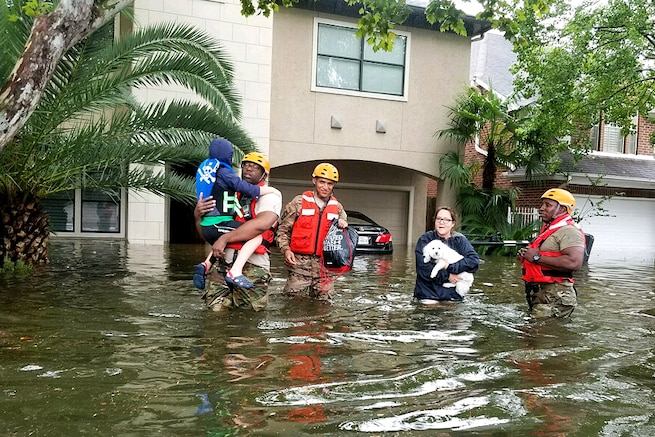The U.S. endured record wildfires, historic hurricanes in October
Extreme weather events took the spotlight again in October as the nation saw raging wildfires, record hurricane activity and record snowfall in some parts.
Written content from NOAA
Extreme weather events took the spotlight again in October as the nation saw raging wildfires, record hurricane activity and record snowfall in some parts.
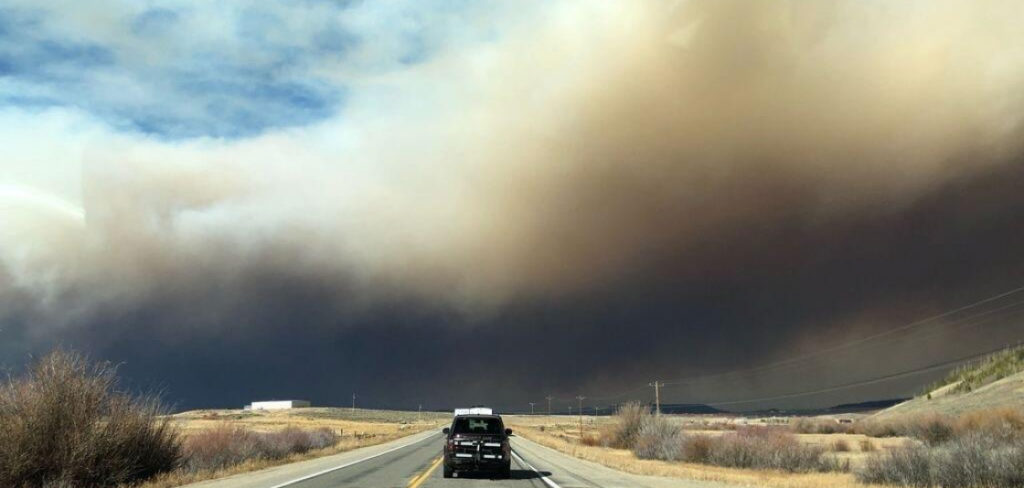
Temperature and precipitation, however, ranked very close to average across the contiguous U.S. last month.
Here are more highlights from NOAA’s latest monthly U.S. climate report:
Climate by the numbers
October 2020 | Temperature and precipitation
The average October temperature across the contiguous U.S. was 54.4 degrees F, 0.3 of a degree above the 20th-century average and placed the month in the middle third of the climate record.
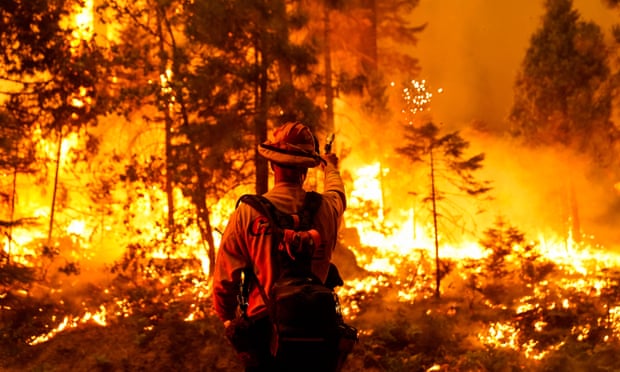
Some state standouts include California, which had its hottest October on record, as well as Arizona and Florida where each ranked third hottest. The coldest temperatures covered much of the northern Rockies, Great Plains and the Great Lakes.
The average precipitation last month was 2.16 inches — exactly average. This placed October in the middle third of the historical record.
Some places, however, were quite dry. Below-average precipitation fell across much of the Western U.S., the Deep South, central and northern Plains as well as across portions of the Southeast. California had its second driest October on record.
Year to date | January through October 2020
The average contiguous U.S. temperature for the year to date (YTD) was 57.0 degrees F, 2.1 degrees above the 20th-century average. This tied 2006 as the seventh-warmest YTD on record.
Arizona, Florida and New Mexico ranked as warmest on record for this 10-month period, while there were no notable regions reporting below-average temperatures.
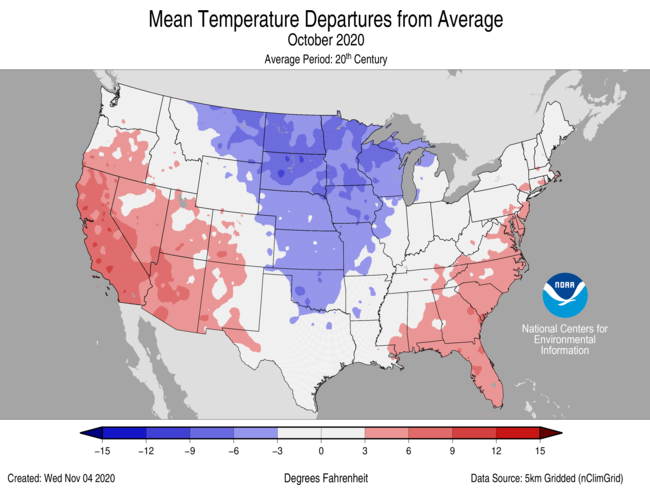
The YTD U.S. precipitation total was 26.30 inches, 0.94 of an inch above average, and ranked in the wettest third of the record. So far this year, Tennessee has had its wettest YTD; North Carolina, its second wettest.
More notable climate events in October
Record wildfires scorched the West: Colorado had its three-largest wildfires in state history last month — the Cameron Peak, Pine Gulch and East Troublesome fires. In particular, the East Troublesome fire spread rapidly to more than 193,000 acres.
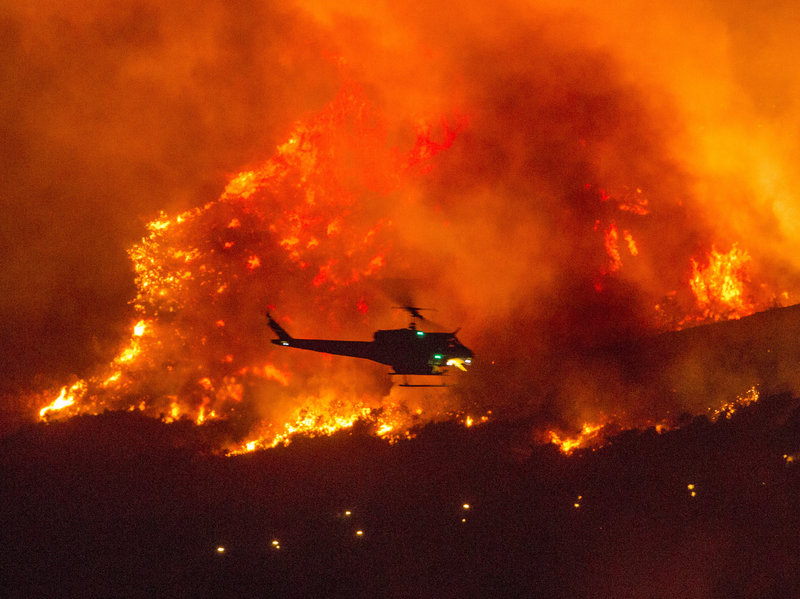
Wildfires also grew explosively in California, with nearly 100,000 Orange County residents evacuating as the Silverado and Blue Ridge fires burned.
Historic tropical activity in the Atlantic: Through October 31, 11 named Atlantic tropical cyclones have made landfall in the U.S. this hurricane season, breaking the previous record of nine landfalls in 1916.
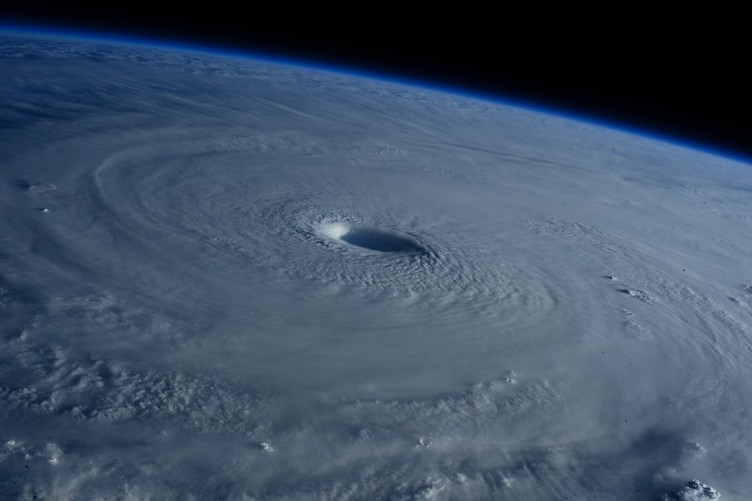
In October alone, Hurricanes Delta and Zeta both struck Louisiana just a few weeks apart.
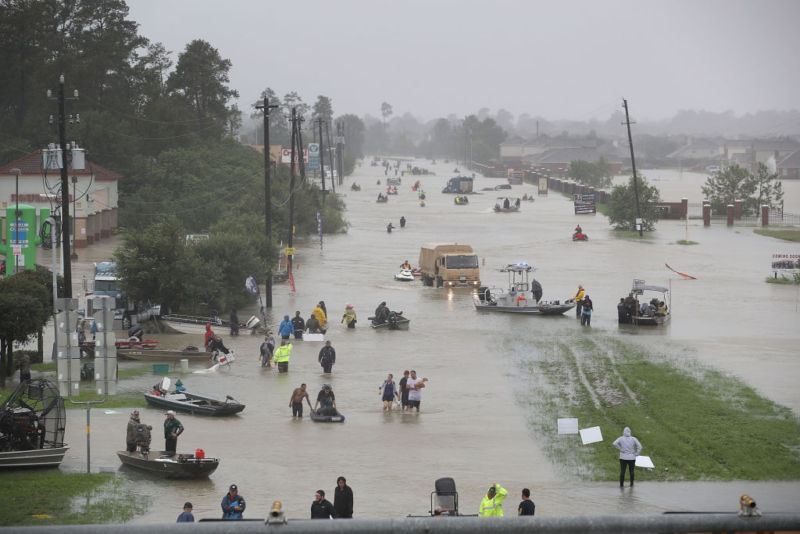
Record snowfall in some places: Heavy snow was reported across parts of the West and Plains last month. It was the snowiest October on record for many places, including: Great Falls, Montana (28.0 inches); Minneapolis-St. Paul (9.3 inches) and St. Cloud, Minnesota (7.2 inches); Spokane, Washington (7.5 inches); Albuquerque, New Mexico (4.2 inches); Amarillo, Texas (7.4 inches); and Wichita, Kansas (1.6 inches). Read more from NOAA
Read more weather and natural disaster new stories from News Without Politics

Subscribe to News Without Politics

